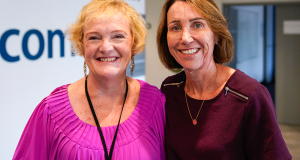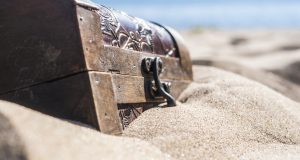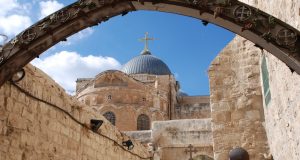FRANCESCO BERNADONE from the Italian village of Assisi, known today as St Francis of Assisi, is honoured throughout the world as the man who turned his back on a life as the lecherous and lazy son of a wealthy cloth merchant.
His life of service, devotion, transparency, and voluntary poverty continues to inspire us today.
Yet Francis struggled with a conundrum: his sense of God-given identity.
At what point did Francesco turn his back on a life of privilege and become ‘Saint Francis’?
The young Francis, still despairing after his dreams of chivalry evaporated, knelt before a crucifix amid the ruins of the Church of St Damian. Here, a voice said to him, ‘Francesco, do you not see that my house is in ruins? Go and rebuild it for me!’
Francis obviously took these words very seriously – and very literally. He went and sold most of his father’s stock of fine fabrics and used the proceeds to rebuild the ageing shrine.
More significant however was Francis’ move from familiar human society to a leper commune.
We tend to forget the place lepers occupied in the early Middle Ages. In the 12th century, those with leprosy, a designation which covered a range of deformities and communicable diseases, were restricted to decrepit communes outside city walls.
By decree of the Church, they had to cover themselves entirely to prevent contact with others. They had to use clappers whenever people came near, they were banned from speaking to children, and they were consigned to their own churches and cemeteries.
This puts the command Francis heard in St Damian’s in a whole new light.
The church which had fallen into ruins was not the dilapidated, crumbling shrine itself, as Francis believed. It was rather the very church which had forsaken its Lord by segregating and abandoning the leprous.
Thus, Francis’ act of rebuilding the church wasn’t his repair of St Damian’s, but rather his establishment of a community with the lepers themselves.
Continuing his work
There are communities today who, like St Francis, have set about rebuilding the church. Such communities are nothing less than gifts of grace.
The Barnabas Community in Durack, Queensland, was founded in 1995 as an act of obedience to Jesus, and in solidarity with L’Arche, a network of communal homes established by Jean Vanier in 1964. The community established a home in which the able and disabled live side by side, eating together and celebrating the beauty and holiness of one another.
As Vanier often said, this setting constitutes our truest reminder of what the Kingdom of God looks like.
And so our Lord addresses us with the same summons which haunted Francis: ‘Do you not see that my house is in ruins? Go and rebuild it for me!’
Scott Stephens is the minister at Forest Lake Uniting Church and lecturer in Theological Ethics at Trinity Theological College
 JourneyOnline
JourneyOnline






